Bubble Trouble
The Fed must be careful not to make things worse when it tries to prick bubbles by raising rates.
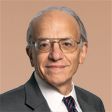
The Federal Reserve is under fire. First, it was blamed for the stock-market bubble of the late 1990s. Then it was castigated for the real estate bubble. Now, with gasoline prices hitting previously unimaginable heights, critics are asking why the Fed isn't doing more to pop the oil bubble, which is causing so much hardship for so many Americans.
Fred Mishkin, who is planning to step down from the Fed's Board of Governors on August 31, has offered some sensible advice on how the central bank should confront such bubbles: If the bubble affects inflation and employment, the two economic variables the Fed must monitor, then the Board should take appropriate action. But the Fed must be careful not to make things worse when it tries to prick bubbles by raising short-term interest rates.
Bubbles are tricky for several reasons. They are hard to identify, often starting out as justifiable price increases. Also, the impact the central bank's tightening has on the price of assets is uncertain. Moreover, raising interest rates is a blunt weapon that can harm sectors that have not seen outlandish price increases.
From just $107.88 $24.99 for Kiplinger Personal Finance
Become a smarter, better informed investor. Subscribe from just $107.88 $24.99, plus get up to 4 Special Issues

Sign up for Kiplinger’s Free Newsletters
Profit and prosper with the best of expert advice on investing, taxes, retirement, personal finance and more - straight to your e-mail.
Profit and prosper with the best of expert advice - straight to your e-mail.
Bubble chronology. Let's analyze each of the three bubbles over the past decade. Former chairman Alan Greenspan first warned of a stock-market bubble in December 1996, when he made his now-famous "irrational exuberance" speech. In fact, the bubble didn't really begin until 1998 and was confined mostly to technology stocks before it started to deflate in March 2000.
At the same time that tech stocks were in la-la land, commercial real estate prices were depressed because many believed that the Internet would doom stores, banks and other so-called brick-and-mortar outlets. Had the Fed raised interest rates sooner and more vigorously than it did, it would have depressed real estate even more and worsened the 2001 recession.
The real estate boom fell more within the Fed's purview. Greenspan certainly could have warned financial institutions about unsound lending practices. He and most other Fed members (the late Ed Gramlich was a notable exception) believed that the risk from subprime lending was spread throughout global financial markets and that a housing downturn would not cause severe economic repercussions. Clearly, Wall Street made the same mistake, as stocks in the financial sector hit their highs well after the real estate boom peaked.
But higher short-term interest rates were not the answer. Real estate prices were rising worldwide because of strong demand and low long-term interest rates, which are set by investors, not the Fed. Most of the problem stemmed from unsound lending practices that allowed unqualified buyers (and speculators) to buy homes. The Fed could do little to offset falling long-term rates, which were due to low inflation and huge Asian buying of U.S. Treasury securities.
The surge in oil and food prices we are now experiencing also has its roots in fundamental forces: the economic boom in emerging markets and the diversion of agricultural products to other uses (think ethanol). I strongly laud Chairman Ben Bernanke's bold actions to keep the credit markets functioning when they froze up early this year. But I think the Fed cut short-term rates too sharply. A more moderate drop would have helped rein in commodity prices and kept the dollar stronger.
Nevertheless, the Fed must be cautious about any actions that affect asset prices. A free-market economy is the best allocator of resources, even though prices occasionally get too high in one sector.
Mishkin's policy prescription is right: Don't be too quick to mess with the markets, keep your eyes on overall inflation and economic growth, and make sure the private institutions that the Fed stands behind have adequate liquidity to withstand economic shocks.
Profit and prosper with the best of Kiplinger's advice on investing, taxes, retirement, personal finance and much more. Delivered daily. Enter your email in the box and click Sign Me Up.
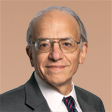
-
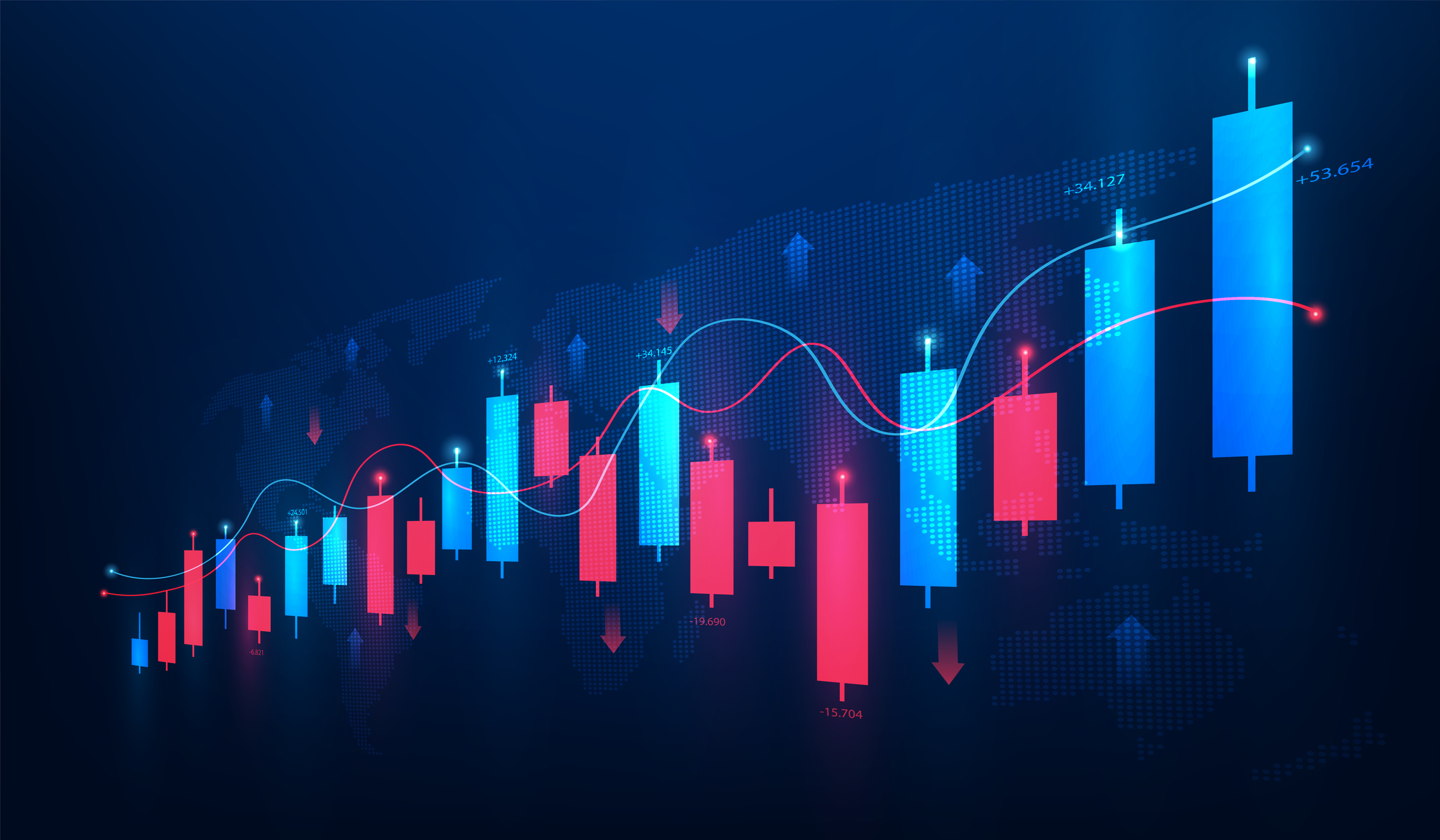 Dow, S&P 500 Rise to New Closing Highs: Stock Market Today
Dow, S&P 500 Rise to New Closing Highs: Stock Market TodayWill President Donald Trump match his Monroe Doctrine gambit with a new Marshall Plan for Venezuela?
-
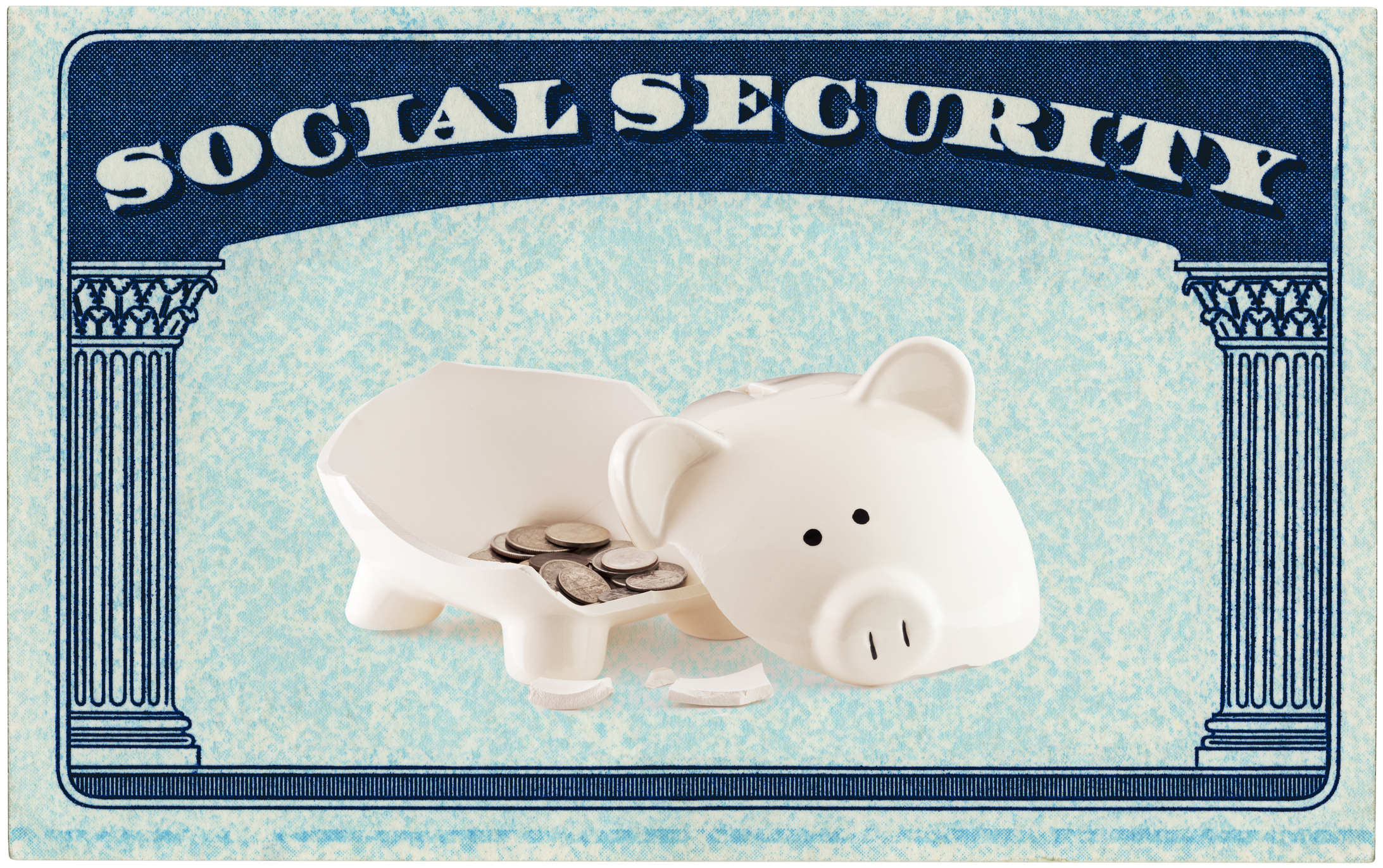 States That Tax Social Security Benefits in 2026
States That Tax Social Security Benefits in 2026Retirement Tax Not all retirees who live in states that tax Social Security benefits have to pay state income taxes. Will your benefits be taxed?
-
 QUIZ: What Type Of Retirement Spender Are You?
QUIZ: What Type Of Retirement Spender Are You?Quiz What is your retirement spending style? Find out with this quick quiz.
-
 What the Rich Know About Investing That You Don't
What the Rich Know About Investing That You Don'tPeople like Warren Buffett become people like Warren Buffett by following basic rules and being disciplined. Here's how to accumulate real wealth.
-
 How to Invest for Rising Data Integrity Risk
How to Invest for Rising Data Integrity RiskAmid a broad assault on venerable institutions, President Trump has targeted agencies responsible for data critical to markets. How should investors respond?
-
 What Tariffs Mean for Your Sector Exposure
What Tariffs Mean for Your Sector ExposureNew, higher and changing tariffs will ripple through the economy and into share prices for many quarters to come.
-
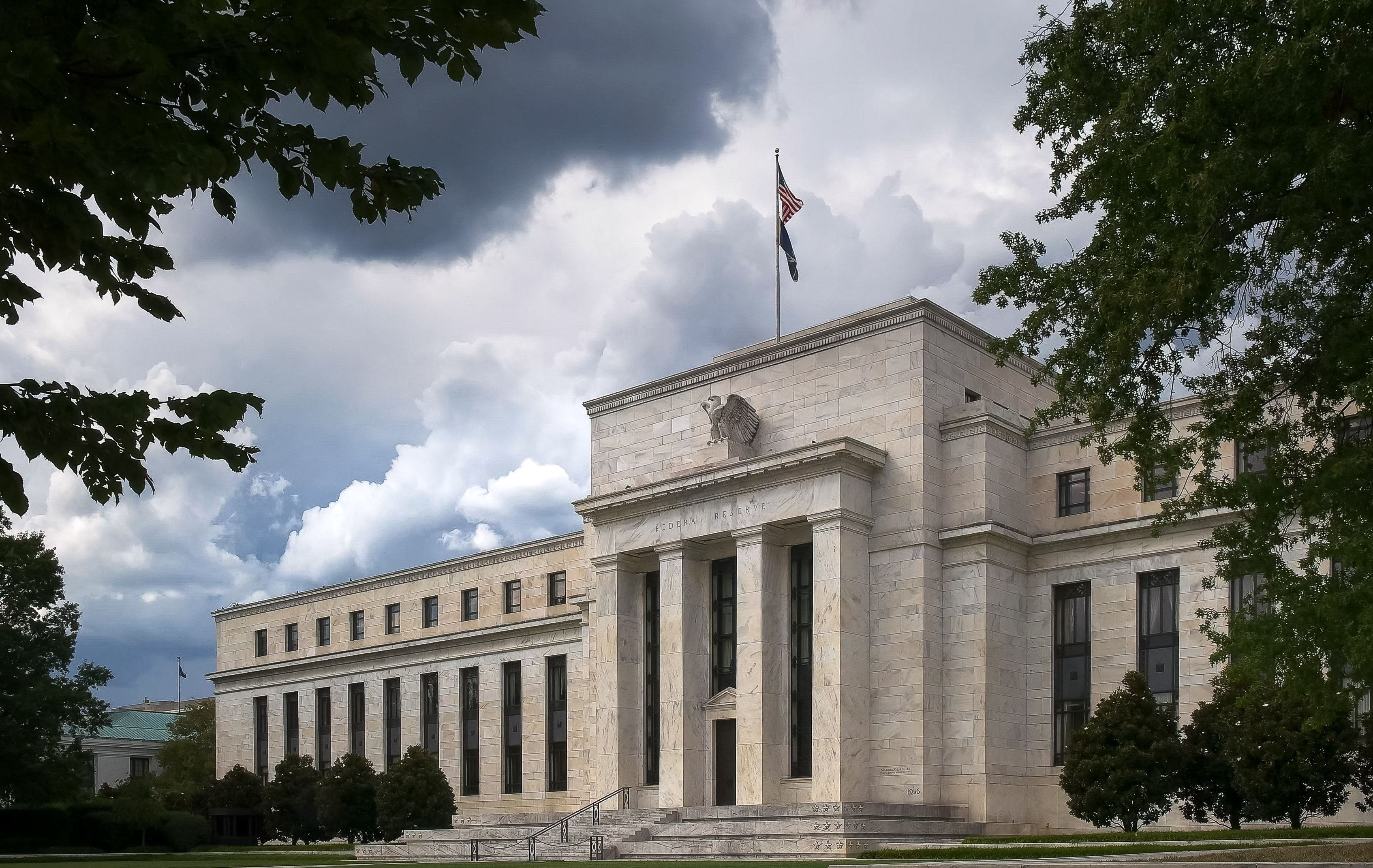 How to Invest for Fall Rate Cuts by the Fed
How to Invest for Fall Rate Cuts by the FedThe probability the Fed cuts interest rates by 25 basis points in October is now greater than 90%.
-
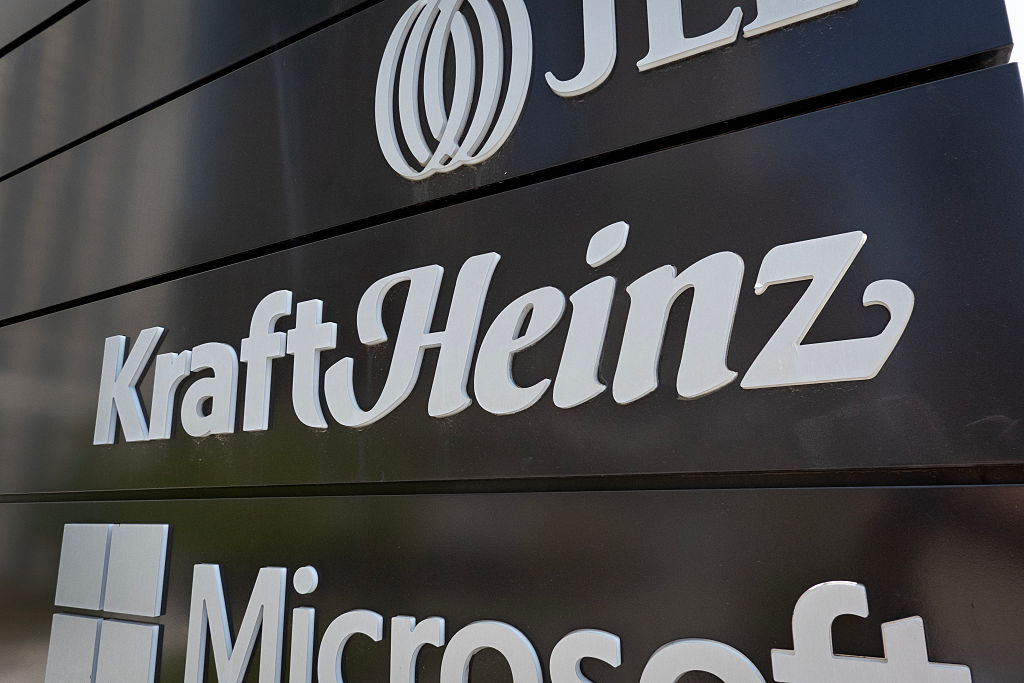 Are Buffett and Berkshire About to Bail on Kraft Heinz Stock?
Are Buffett and Berkshire About to Bail on Kraft Heinz Stock?Warren Buffett and Berkshire Hathaway own a lot of Kraft Heinz stock, so what happens when they decide to sell KHC?
-
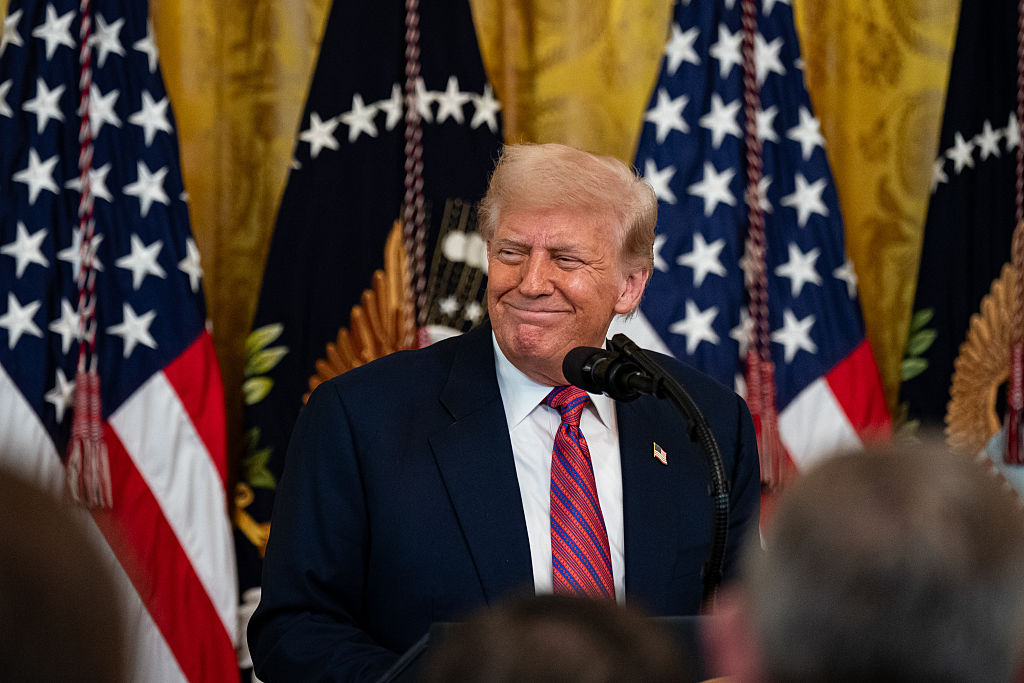 How the Stock Market Performed in the First 6 Months of Trump's Second Term
How the Stock Market Performed in the First 6 Months of Trump's Second TermSix months after President Donald Trump's inauguration, take a look at how the stock market has performed.
-
 Fed Leaves Rates Unchanged: What the Experts Are Saying
Fed Leaves Rates Unchanged: What the Experts Are SayingFederal Reserve As widely expected, the Federal Open Market Committee took a 'wait-and-see' approach toward borrowing costs.
-
 Fed Sees Fewer Rate Cuts in 2025: What the Experts Are Saying
Fed Sees Fewer Rate Cuts in 2025: What the Experts Are SayingFederal Reserve The Federal Reserve cut interest rates as expected, but the future path of borrowing costs became more opaque.